Results
-
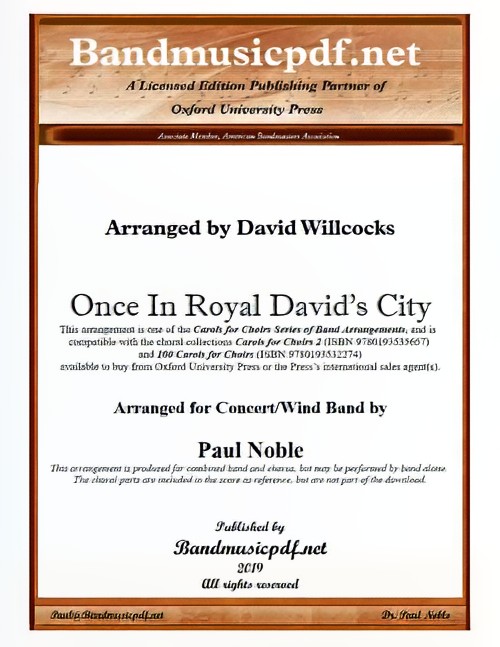 £75.00
£75.00Once in Royal David's City (Concert Band with Optional Choir - Score and Parts) - Noble & Willcocks
Once in Royal David's City is a Christmas carol originally written as a poem by Cecil Frances Alexander. The carol was first published in 1848 in her hymnbook Hymns for Little Children. A year later, the English organist Henry John Gauntlett discovered the poem and set it to music. According to The New Oxford Book of Carols, the text was conceived by Cecil Alexander after overhearing a group of her god children complaining about the dreariness of the catechism. Cecil masterfully took doctrines from the Apostle's Creed and simplified them for her hymns. Cecil wrote about 400 hymns in her lifetime, among which are All things bright and beautiful and There Is a Green Hill Far Away. She used the money for charitable purposes, and was a tireless advocate (and visitor) of the poor and sick. Henry John Gauntlett had spent the first half of his career as a lawyer before abandoning his practice to pursue music. He served as the organist at a number of leading London churches. Gauntlett was a prolific writer and is said to have composed over 1000 hymn tunes. He made tremendous contributions to the world of music, even inventing mechanical improvements to the organ. As a result, he was praised by the famous Felix Mendelssohn and was awarded an honorary doctorate in music from the Archbishop of Canterbury. In 1919, Arthur Henry Mann, organist at King's College (1876-1929), introduced an arrangement of Once in Royal David's City as the processional hymn for the service. In his version, the first stanza is sung unaccompanied by a boy chorister. The choir and then the congregation join in with the organ on succeeding stanzas. This has been the tradition ever since. It is a great honor to be the boy chosen to sing the opening solo--a voice heard literally around the world. In this arrangement for band accompaniment, the first five verses may be performed as directed by the conductor, with different groupings of instruments for each verse, i.e., Vs.1, A cappella; Vs. 2, Fl., Oboe, E.H., Bsns; Vs. 3 Cl., Saxes; Vs. 4, Brass; Vs. 5, All, and Vs. 6 as written with featured descant. This arrangement is one of the Series of Band Arrangements compatible with the David Willcocks Carols for Choir, Book 2 (#31).
Estimated dispatch 7-14 working days
-
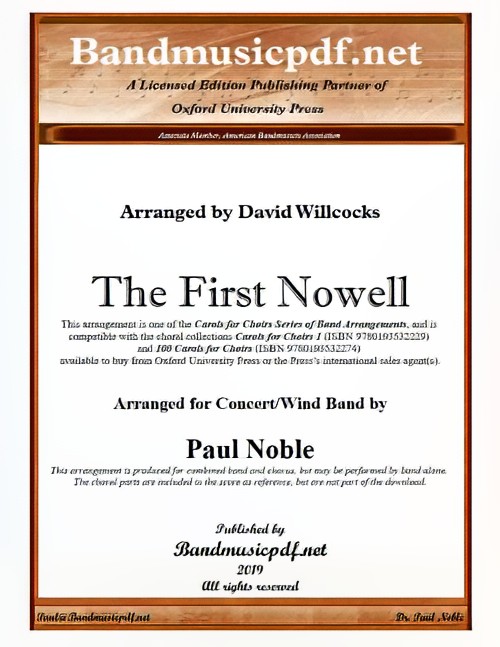 £75.00
£75.00The First Nowell (Concert Band with Optional Choir - Score and Parts) - Noble & Willcocks
The First Nowell is one of the oldest Christmas folk songs going back to at least the 1600's. We cannot be sure who wrote it, but both France and England claim it as part of their heritage. The spelling of the word Noel would indicate it to be French, however, England claims the original spelling was the English version Nowell. The singing of The First Nowell and the lighting of the yule log became tradition among the peasants in England and was passed down from generation to generation. It was not until 1833 that it was published and soon after was sung in Church services. This arrangement is one of the Series of Band Arrangements compatible with David Willcocks Carols for Choirs Book 1 (#38).
Estimated dispatch 7-14 working days
-
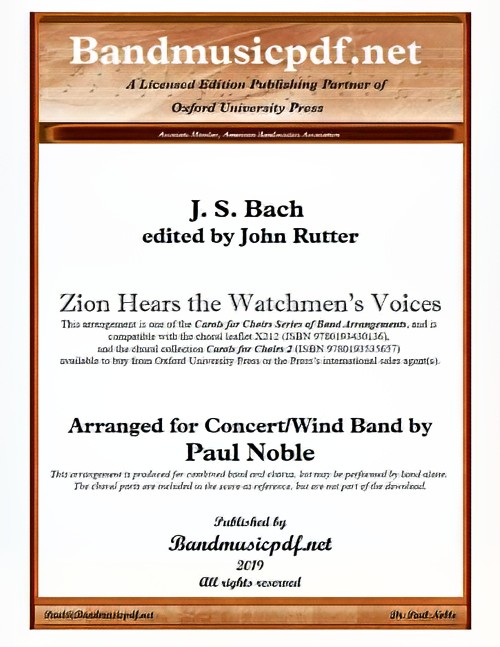 £75.00
£75.00Zion Hears the Watchmen's Voices (Concert Band with Optional Choir - Score and Parts) - Bach, Johann Sebastian - Noble & Rutter
Zion Hears the Watchmen Singing (Zion hrt die Wchter singen) is the fourth of seven movements of Bach's cantata Wachet auf, ruft uns die Stimme ('Awake, calls the voice to us'), BWV 140, also known as Sleepers Wake. It is regarded as one of his most mature and popular sacred cantatas. It is written in the style of a chorale prelude, with the phrases of the chorale, sung as a cantus firmus by the tenors (or by the tenor soloist), entering intermittently against a famously lyrical melody played in this arrangement in unison principally by the woodwinds. Bach composed the chorale cantata in Leipzig for the 27th Sunday after Trinity and first performed it on 25 November 1731. This arrangement represents one in the Series of Band Arrangements compatible with David Willcocks' Carols for Choirs.
Estimated dispatch 7-14 working days
-
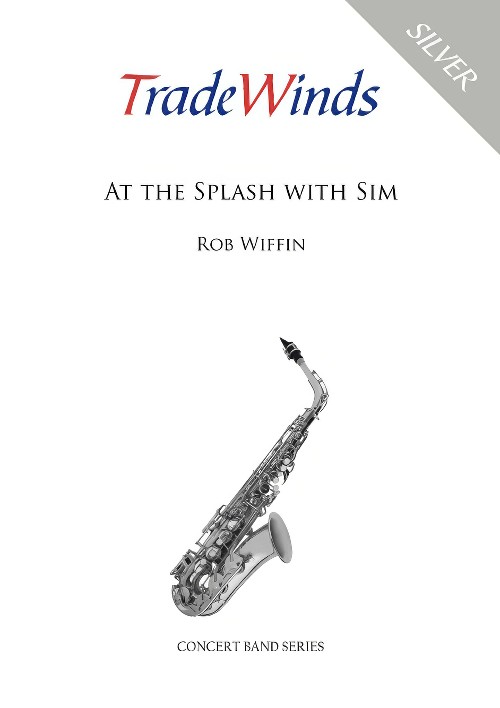 £34.95
£34.95At the Splash with Sim (Concert Band - Score and Parts) - Wiffin, Rob
About 10 minutes walk from where the composer lives, there is a ford in a river. It is called The Splash and is one of his dog, Simba's, favourite places. No day is complete for him without a swim in the Splash, no matter what the weather is like. It is a lovely spot where the water swirls gently although on occasions when the river is in full spate it can rise quickly and become forceful. This piece reflects that, with its fluid motif running throughout. There is some decorative writing for the woodwind but the pace of the music is moderate and the technical demands are therefore easily manageable.
Estimated dispatch 7-14 working days
-
 £6.95
£6.95At the Splash with Sim (Concert Band - Score Only) - Wiffin, Rob
About 10 minutes walk from where the composer lives, there is a ford in a river. It is called The Splash and is one of his dog, Simba's, favourite places. No day is complete for him without a swim in the Splash, no matter what the weather is like. It is a lovely spot where the water swirls gently although on occasions when the river is in full spate it can rise quickly and become forceful. This piece reflects that, with its fluid motif running throughout. There is some decorative writing for the woodwind but the pace of the music is moderate and the technical demands are therefore easily manageable.
Estimated dispatch 7-14 working days
-
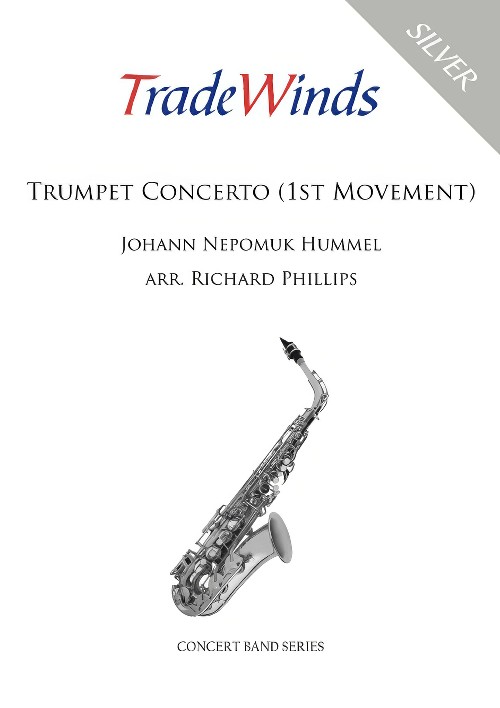 £54.95
£54.95Trumpet Concerto (1st Movement) (Concert Band - Score and Parts) - Hummel, Johann Nepomuk - Phillips, Richard
This popular trumpet concerto forms the staple diet of trumpet players wanting to play at an advanced level. It is often on exam syllabi and used in music college or university auditions. This transcription will allow this piece to be featured in a concert with concert band accompaniment. It is hoped that it will be popular amongst progressive trumpet players.
Estimated dispatch 7-14 working days
-
 £10.95
£10.95Trumpet Concerto (1st Movement) (Concert Band - Score Only) - Hummel, Johann Nepomuk - Phillips, Richard
This popular trumpet concerto forms the staple diet of trumpet players wanting to play at an advanced level. It is often on exam syllabi and used in music college or university auditions. This transcription will allow this piece to be featured in a concert with concert band accompaniment. It is hoped that it will be popular amongst progressive trumpet players.
Estimated dispatch 7-14 working days
-
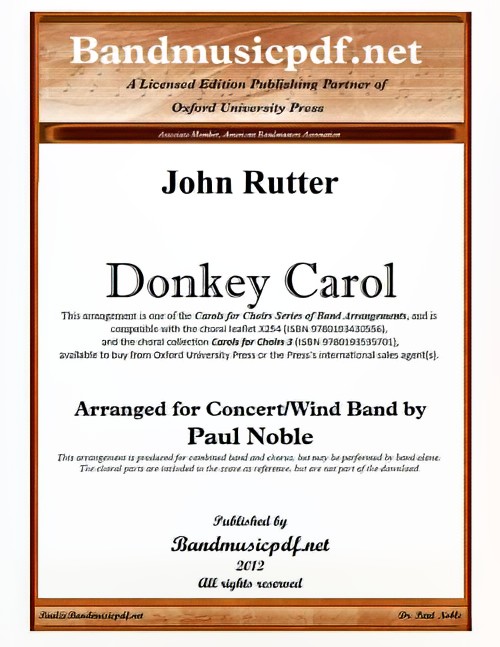 £75.00
£75.00Donkey Carol (Concert Band with Optional Choir - Score and Parts) - Rutter, John - Noble, Paul
This scintillating carol in 5/8 meter will offer a pleasant rhythmic challenge to your ensemble, and the results will delight both ensemble and audience. This arrangement is written and intended for combined Wind Band and Chorus. However, it is also arranged so that it is complete with Wind Band alone. The choral part is shown in the conductor's score, but is not a part of the instrumental packet. The arrangement is compatible with the published vocal score. The scoring is done with some cue size notations that should be played if performing without the chorus. This will make a delightful addition to any Christmas or seasonal concert.
Estimated dispatch 7-14 working days
-
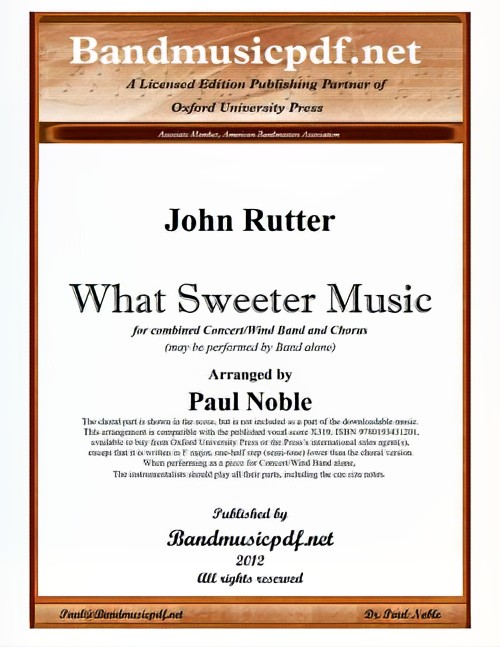 £75.00
£75.00What Sweeter Music (Concert Band with Optional Choir - Score and Parts) - Rutter, John - Noble, Paul
Perhaps John Rutter's most famous and popular carol is What Sweeter Music. This arrangement is written and intended for combined Wind Band and Chorus. However, it is also arranged so that it is complete with Wind Band alone. The choral part is shown in the conductor's score, but is not a part of the set. This arrangement is compatible with the published vocal score. The scoring is done with some cue size notations that should be played if performing without the chorus. This will make a delightful addition to any Christmas or seasonal concert.
Estimated dispatch 7-14 working days
-
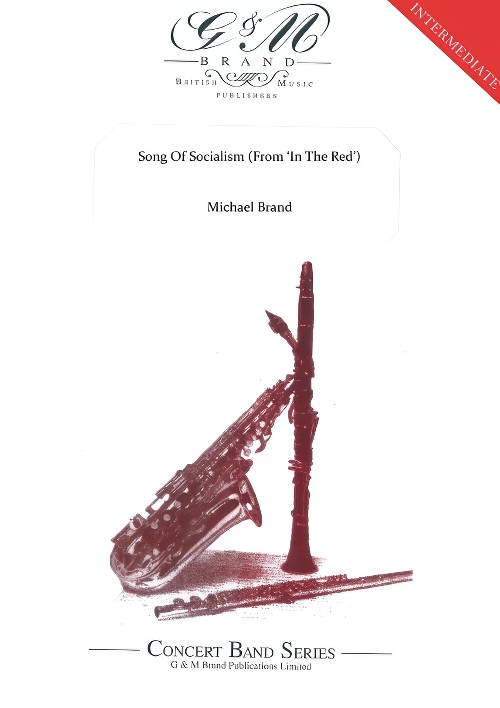 £74.95
£74.95Song Of Socialism (From In The Red) (Concert Band - Score and Parts) - Brand, Michael
In the Red is an original brass band musical by Brand, Michael and Ian Chippendale. It is based on Robert Tressell's famous socialist novel, The Ragged-Trousered Philanthropists, which describes the trials and tribulations, the humour and the marriages of working-class life in Edwardian England. This powerful book has been allied to a powerful score and the show ends with the show's hero, Will Easton, exorting all the working men - painter and decorators - to embrace socialism and overthrow the bosses. In this Song of Socialism, the men start marching to a new destiny. It never happened in England of course, but it did elsewhere! The composer has now arranged this stirring march for Concert Band
Estimated dispatch 7-14 working days
